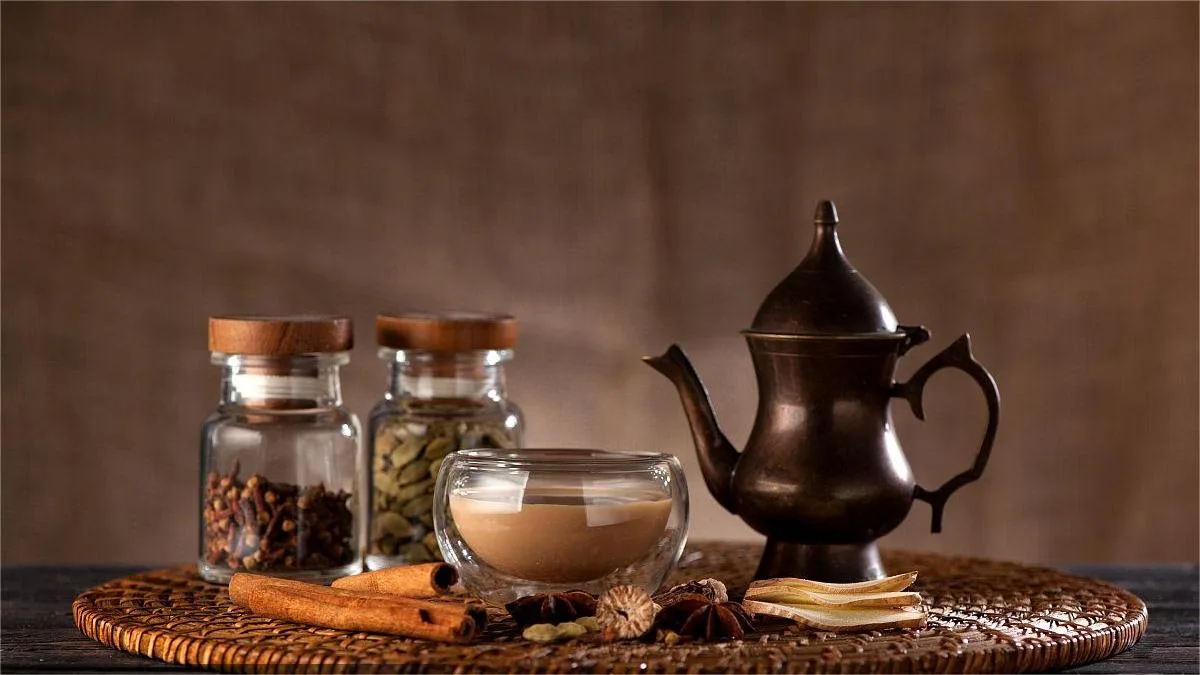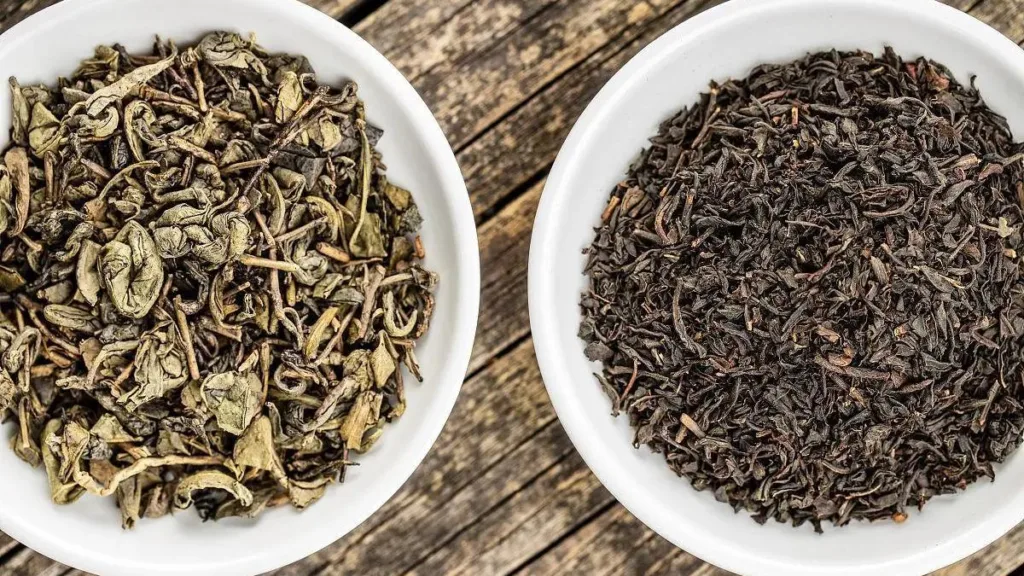The comparison between Indian and Chinese tea is a complex and multifaceted one, and it’s important to understand that the strength of tea is subjective and can vary significantly depending on various factors. These factors include the type of tea, processing methods, region of origin, brewing techniques, and personal preferences. Therefore, it’s not accurate to make a sweeping statement that Indian tea is inherently stronger than Chinese tea or vice versa. To provide a detailed explanation, let’s delve into various aspects that influence the strength of tea in both Indian and Chinese traditions.
1. Types of Tea:
India and China both produce a wide variety of teas, each with its own unique characteristics. In India, some of the most well-known tea varieties include Assam, Darjeeling, and Nilgiri teas. Assam tea, in particular, is often associated with strength due to its robust and bold flavor. This strength is attributed to the use of Camellia sinensis var. assamica, a tea plant variety that is indigenous to the region. Assam tea is typically known for its full-bodied, malty, and brisk character, making it a popular choice for those who prefer a stronger cup of tea.
In contrast, China offers a diverse range of teas, such as green tea, black tea (known as “hong cha”), oolong tea, and Pu-erh tea. Among these, black tea, specifically Chinese black tea, can exhibit a different kind of strength compared to Indian black teas. Chinese black teas are known for their complex and nuanced flavors. Keemun and Yunnan black teas from China, for example, can be appreciated for their subtlety, sweetness, and often less overpowering characteristics.
2. Processing Methods:
The processing methods of tea can significantly influence its strength. Both Indian and Chinese teas undergo various methods of processing, which contribute to their unique flavors and characteristics. For example, Indian black teas like Assam are often fully oxidized, which imparts a bold and strong flavor. The oxidation process can lead to the development of tannins and the characteristic astringency associated with strong teas.
In contrast, Chinese black teas can undergo a range of oxidation levels, from lightly oxidized teas like Keemun to more heavily oxidized ones like lapsang souchong. These varying levels of oxidation result in different flavor profiles. Lightly oxidized Chinese black teas may have a milder taste and exhibit floral or fruity notes, which may not be as bold as heavily oxidized Indian black teas.
3. Regional Variations:
Both India and China have diverse tea-growing regions, and each region imparts its own unique characteristics to the tea produced there. In India, the tea-growing regions of Assam, Darjeeling, and Nilgiri each have their own microclimates, soil conditions, and elevations that influence the flavor and strength of the teas. Assam teas are known for their boldness, while Darjeeling teas are celebrated for their nuanced and delicate profiles.
In China, famous tea-producing regions like Yunnan, Fujian, and Anhui also contribute to the country’s tea diversity. Yunnan black teas, for instance, are known for their distinct earthy and sweet notes, which differ from teas produced in other regions of China.
4. Brewing Techniques:
The strength of tea can also be adjusted based on the brewing techniques used. If you steep tea leaves for a longer duration or use a higher leaf-to-water ratio, the resulting brew is likely to be stronger in terms of flavor and caffeine content. Conversely, if you use less tea and shorter steeping times, you can make a milder cup of tea regardless of its origin.
Furthermore, the water temperature, brewing vessel, and brewing style (e.g., gongfu cha in China) can all impact the strength of the final infusion. Therefore, the control exerted by the person preparing the tea plays a crucial role in determining its strength.
5. Personal Preferences:
Lastly, personal preferences play a significant role in perceiving the strength of tea. What one person considers a strong tea, another might find too mild. People have varying taste sensitivities and preferences, and this subjectivity adds an extra layer of complexity to the question of whether Indian or Chinese tea is stronger.
In conclusion, it’s not accurate to claim that Indian tea is inherently stronger than Chinese tea or vice versa. Both India and China produce a wide range of teas with varying strengths, flavors, and characteristics. The strength of tea is influenced by factors such as the type of tea, processing methods, regional variations, brewing techniques, and personal taste.



